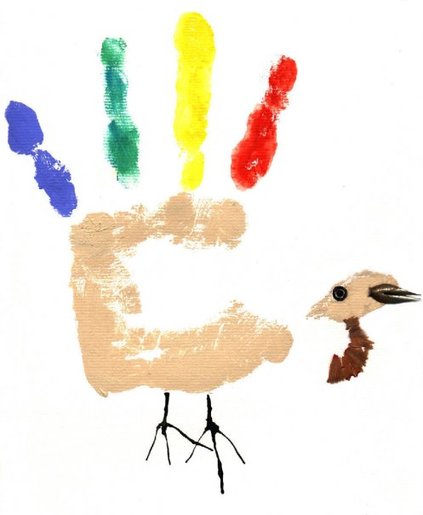
Mixed-media turkey
body & tail-feathers: the colors a starving artist has on hand
wattle: pencil shavings
beak: pen nib
inky feet: airbrushed with drinking straw
| troy howell |
 Mixed-media turkey body & tail-feathers: the colors a starving artist has on hand wattle: pencil shavings beak: pen nib inky feet: airbrushed with drinking straw
0 Comments
 Gone are the times when I read a book strictly for pleasure. Now, as I read, I’m thinking: The writing is too self-conscious; or, What direction would I have taken had I been the writer? or, That “only” is in the wrong place. Not that I don’t occasionally enjoy reading, but as a writer who wants to continue improving his work, I read analytically, critically. I picked up a book last night--Tess of the D’Urbervilles—with a particular scene in mind. I haven’t studied it page by page, but I know the plot, and wanted to see how Thomas Hardy handled the murder scene at the story’s end. Fate had been slowly wringing Tess in its grip, from that May day so long ago when Angel passed her by to dance with another, until the moment he returns to her, repentant and emaciated, to claim the bride he abandoned. It is too late. Too late for any spark of joy to light her way, any hope of fulfillment. She has surrendered to the numbing tide that is poverty and abuse, and has drifted like flotsam into the hold of Alec D’Urberville, the man who victimized her youth. It is one of the saddest tales in all literature. When Angel returns, only to be turned away, and Tess is back upstairs with Alec … That is the scene. It is the climax, if the book has one. It is almost anticlimactic. How and why does Hardy do it? We do not see Tess take the knife in her frenzied state. We are not there to feel her vindication, as she plunges it into Alec. We are not even with her as she rushes downstairs and out the door. No. We know of it through the disengaged landlady who, on hearing Tess’s agony, peers into the keyhole to see her despairing face, then hastily retreats to the chamber below for fear of being caught eavesdropping. From over the landlady’s shoulder, as she glances out the window, we see Tess leave the house. The landlady then happens to look up to the ceiling, where a small spot of red grows. And so we know what has been done. The psychic distance that Hardy employs is almost a slight to what we deserve to witness, and what Tess is deserving to accomplish in our presence with its spectrum of passion and gore. Yet. She is an innocent throughout the story, soiled by, not her own actions, but those of others. Why should she now be stained? So Hardy maintains her purity of heart even as she commits her crime. On thinking this through, this critical decision of a master writer and his craft, I came to another realization. Tess is nearing the close of her wobbly rotation. When we first see her she is dancing the May Day dance in a circular celebration of newness and life. When we leave her, or rather, when she leaves us and the unjust world, she is symbolically, sacrificially entombed in Stonehenge, to where she and Angel have retreated, pursued by the law. She has come full circle, from life to death, by means beyond her control. Fate had dealt its trump. Hardy writes of the landlady’s room: “The oblong white ceiling, with this scarlet blot in the midst, had the appearance of a gigantic ace of hearts.” All this whiteness, with its blot of blood, is the essence of Tess. Symbol and statement was, to Hardy, truer than drama. What would you, the writer, have done? Good writing, good reading, to you. "Tess" image by Troy Howell |
categories |